Hi gang,
Hope you had a nice and chill long weekend. I’m writing because I have a new book out this week! It’s the second title in the Earl and Worm series, and it’s called “The Big Mess and other stories.” I thought since the new book is coming out, I’d take the opportunity to share a bit about how I made it.
First though, here’s the cover and the link to order. It’s out now. Thank you!
The Big Mess is the second book in the Earl and Worm series. Each of these books has three standalone stories about Earl and Worm, two best friends who are very different.
The stories are told using easy-to-decipher words for kids who are just learning to read on their own. Without comparing my work to the untouchable Frog and Toad, think Frog and Toad.
Many of my picture books have been described as “early readers” - but Earl and Worm is my first crack at a true EARLY READER series. 72-pages! Full color! Only $10.99?! Wow!
Anyway, Earl and Worm started in a sketchbook, sometime back in 2021. I had just finished making the first 3 Baloney and Friends graphic novels and I was craving something different. I love Baloney (and his friends) and I love comics, but I wanted to tell a story without panels. I had written some picture books, but I kept coming back to making an early reader.
When Mac B and I were on tour for the Jack books, we talked a lot about early readers and how important they are for kids who need convincing that books are worth their time.
Youtube is easy (and poison).
Cookie Clicker is easy (and poison).
Reading is hard (but wonderful and rewarding and life-changing)!
If we are to make the argument that kids need to spend their time - their free time - doing something that is hard - we need to make the books worth that time. So that was my goal. Make books that were good for readers bridging the gap between the lap and the chap. I just made that up. “Chap” for “chapter book”. Get it? Trademark. Called it!
Because I’m me, I also wanted to make books that were funny - and actually funny, not just I’M SCREAMING SO IT MUST BE FUNNY - like so many books that talk down to children do today. I wanted it to be dry and sweet and I wanted it to be simple. Those were my goals. Your mileage may vary.
When I first started writing stories for Earl and Worm, Earl was kind of a bumbling knucklehead and Worm was just a sympathetic foil. But at some point in my sketchbook, the personalities of Earl and Worm flipped. Worm emerged as the neurotic and sometimes sinister friend, and Earl became a mostly calm and empathetic (if a tad pushy) partner.
When writing stories, I typically start by drawing in my sketchbook. I draw the characters over and over again, doing various things, with various expressions - without thinking about it too much.
Sometimes these drawing sessions lead to a concept, or a conflict that I think might be worth exploring. I usually write these stories in my sketchbook, alongsides the doodles, and my shopping list or budget stuff or whatever.
If I think one of the stories might have legs, I usually type it up in Google Drive and edit it down as much as I can in there.
For Earl and Worm, I was very deliberate in the language I used. I didn’t use a “word list” - in fact I never have. People often ask me about this, and I have heard stories about Dr. Seuss or other writers working from approved lists of 100 words or some such, but I have never seen those lists personally. I just try to keep it simple, and I kept it to only so many words per line.
I like Google Drive because it’s on my desktop, my laptop, and my phone, and I can look at it and change it whenever/wherever I am. This is what it might look like it in Google Drive:
Once I get the words right and I get the rhythm I want for the text, I try to break apart the story into natural beats. I do this by reading it aloud over and over again, trying to find the places where a page turn would feel natural and make sense for the story.
Early readers are different than picture books in that the words and pictures are structurally supporting the same idea. In an early reader, the pictures should be reinforcing the text, whereas with picture books that might not be the case.
Once I find those beats, I can determine how many spreads I think I’ll need to tell each story. Once I do that for all three stories in the book, I make a little layout that looks like this.
So, this is kind of map of the book. In fact, I call this, wait for it, a “book map”. It helps me figure out how much room I have for the stories I need to tell.
Each of the Earl and Worm books is 72 pages, but with paste downs, endpapers, title pages, and table of contents, I have 31 “spreads” or 62 pages to tell all 3 stories. In the map above, the bright green boxes labeled “EP” are obviously the front and back endpapers, and the blueish green boxes are the title and table of contents. The pink is the first story, which needed 12 of the 31 spreads to be told. That’s a lot. The middle story needed 11. And the last story only needed 8.
Once I make this map and have a rough looking - but actually very specific - idea of how much room I have to tell each story, I start making thumbnail sketches in my sketchbook.
I don’t need these to be very detailed, but I do need them to accommodate the type, so it’s good to have a pretty clear picture of what type needs to go on which spread, before I start drawing pictures.
I like this stage and will often do thumbnails over and over and over again until things feel right. If it doesn’t work as a thumbnail, it’s not going to work as a final.
Then I will take those thumbnails and pick the best ones to use as the basis for more finished sketches. I do a quick and dirty type layout, too, just to see how it’s all working together. During this stage, I might still be changing text.
Once the sketches get it in there, something I wrote previously might seem obvious because of a picture, so I’ll take it out. Very rarely do I add more.
At this point, I’ll send it to my editor who will share it with her assistant and maybe a designer and then get back to me with notes. Sometimes she will suggest changing some language or structure, and will also point out any inconsistencies in the artwork.
We usually do a few rounds of this back and forth. I’ll make the sketches tighter. She’ll point out something I forgot. I’ll fix that and screw up something else. She’ll point that out. I’ll go home early and take a nap, etc etc.
After everything is more or less finalized in sketch form, I’ll start the final art. Earl and Worm is drawn 100% digitally in Photoshop on an Intuous Pro 4 tablet that I have had for a looooooooong time. I don’t like iPads, don’t @ me.
Here is some of the final art:
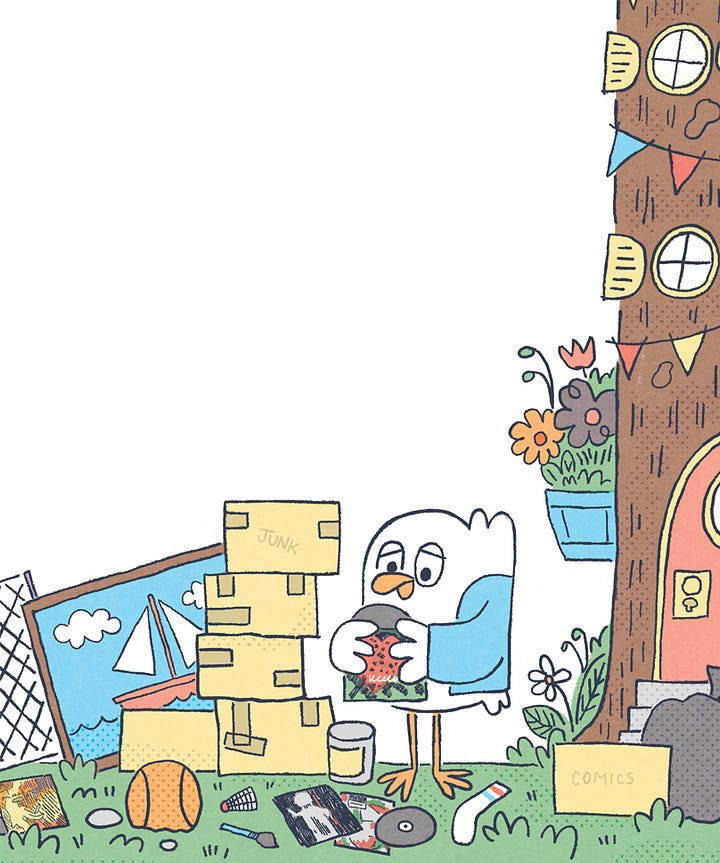
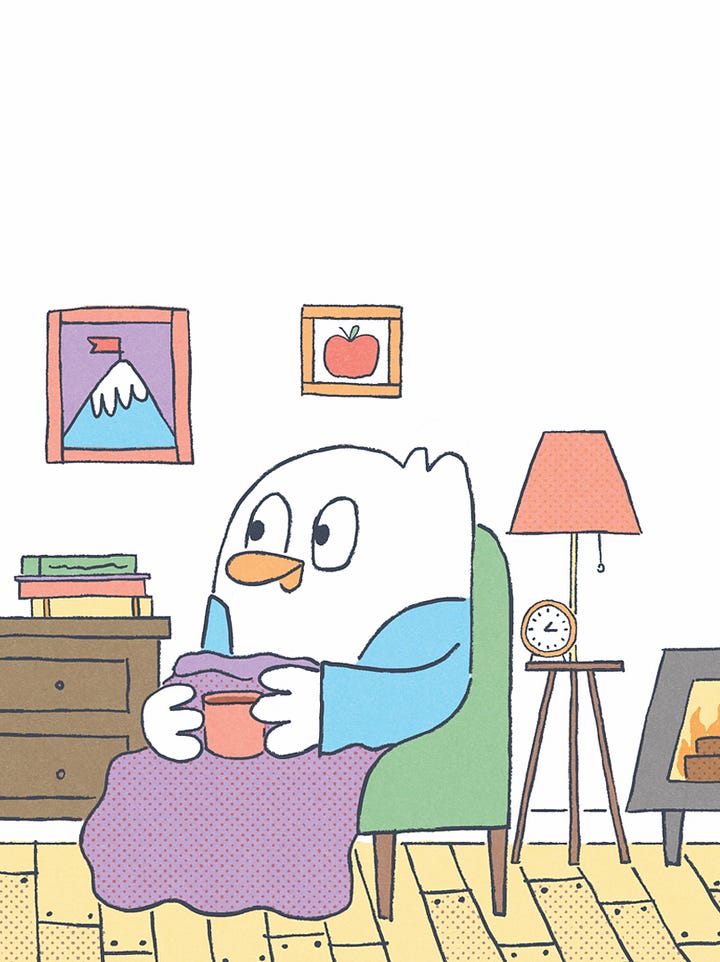
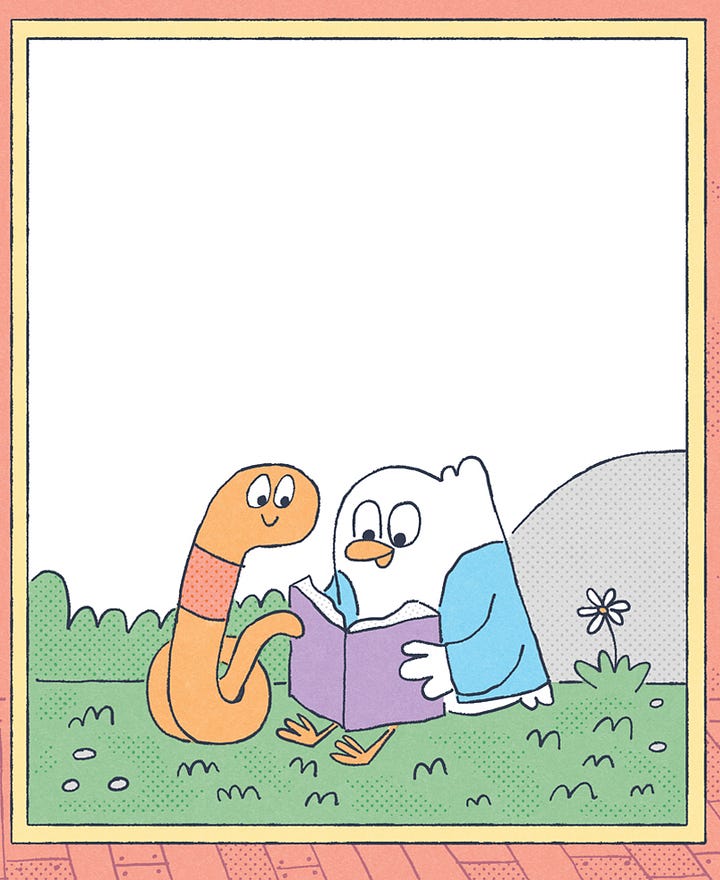
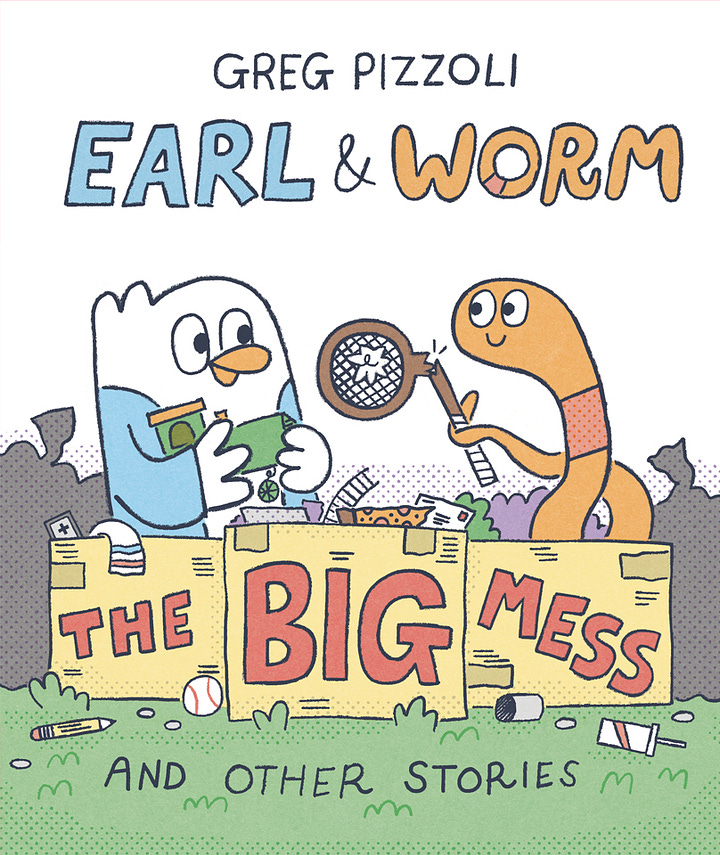
I’ll post more about Earl and Worm in the near-ish future, but for now, you can pre-order it right here and doing so would really help me and the series out a lot. I’d like to make some more Earl and Worm books, and any support they get early on helps a ton.
Thanks for reading and let me know if you have any questions.
Thanks again,
Greg


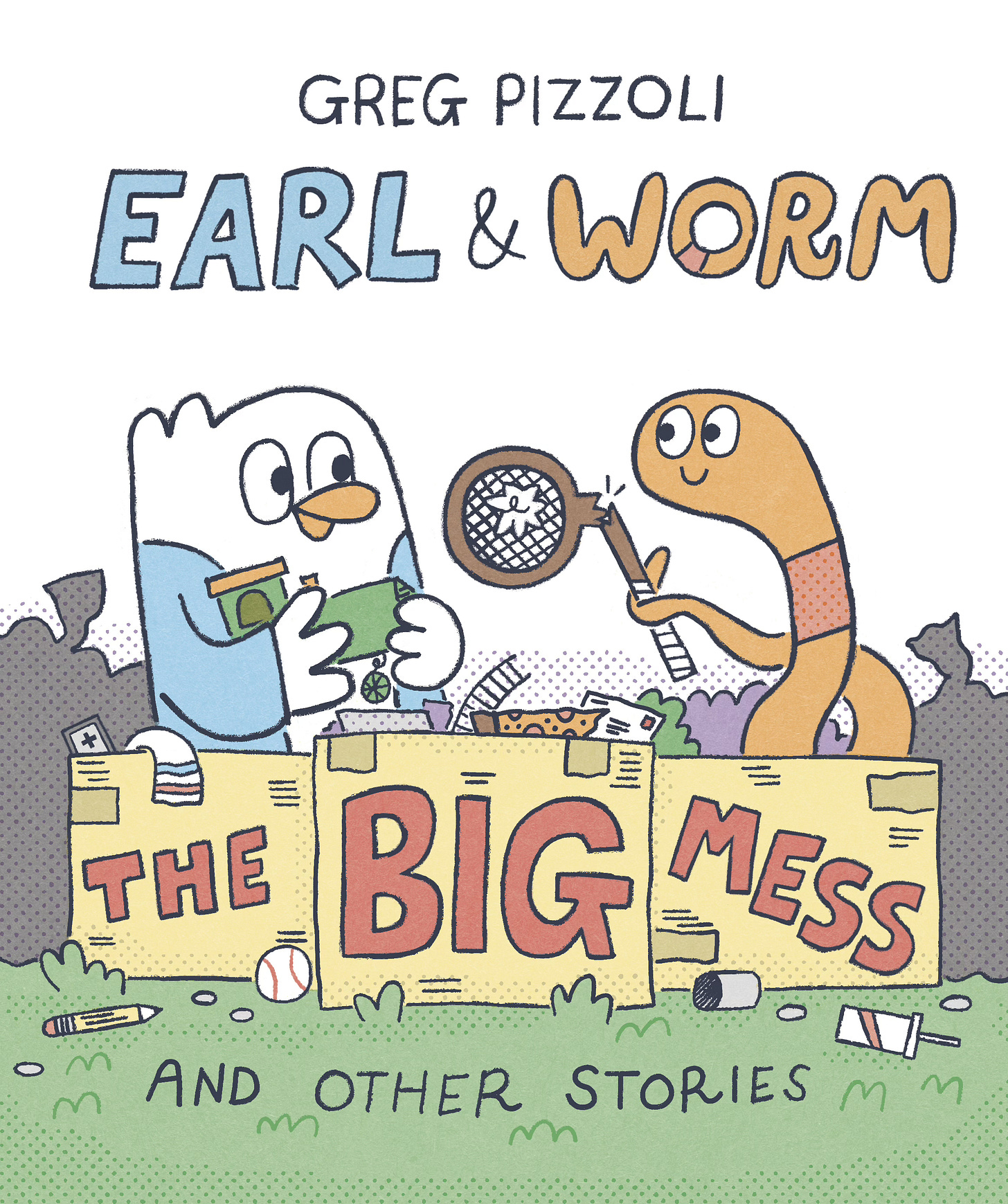

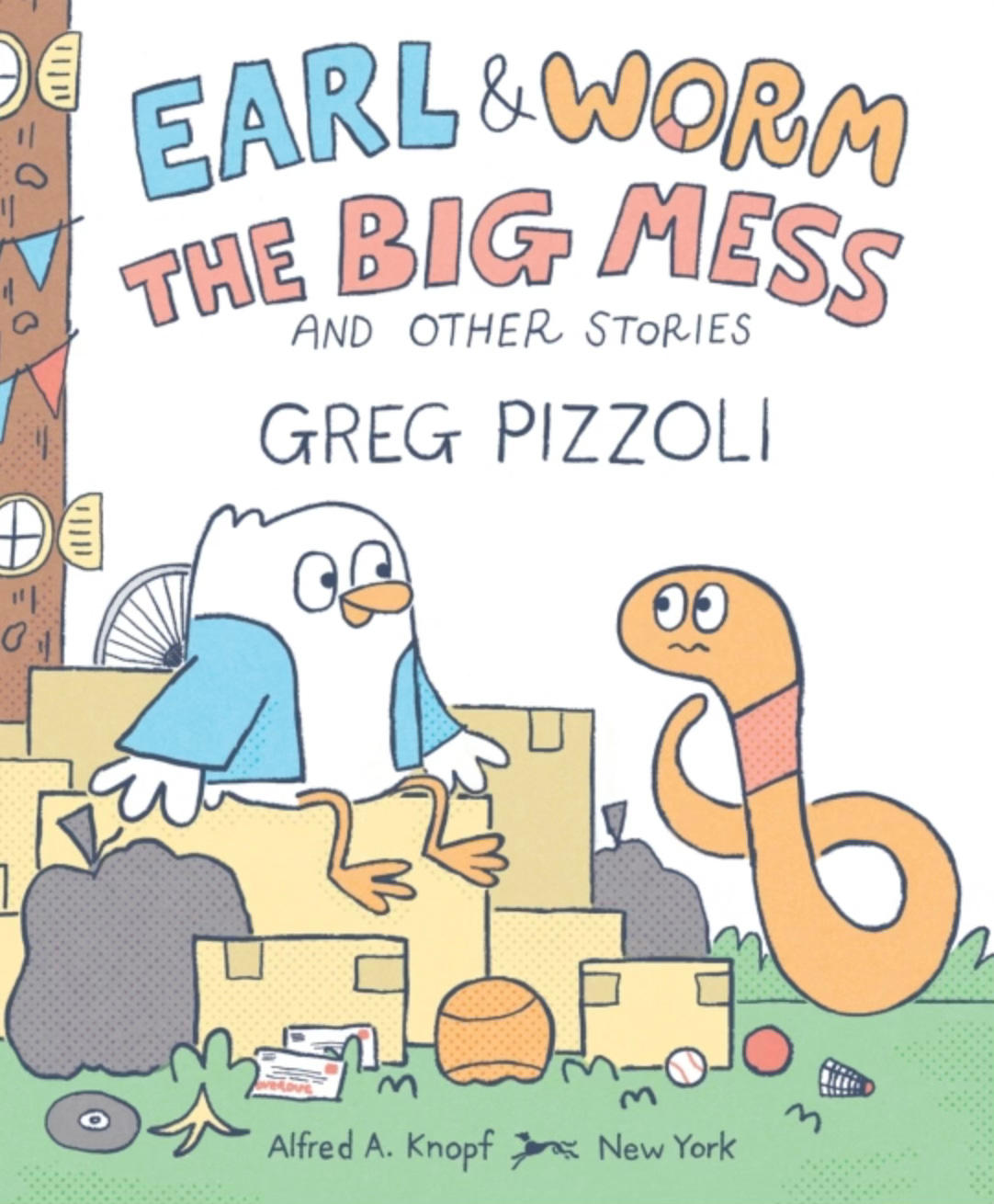
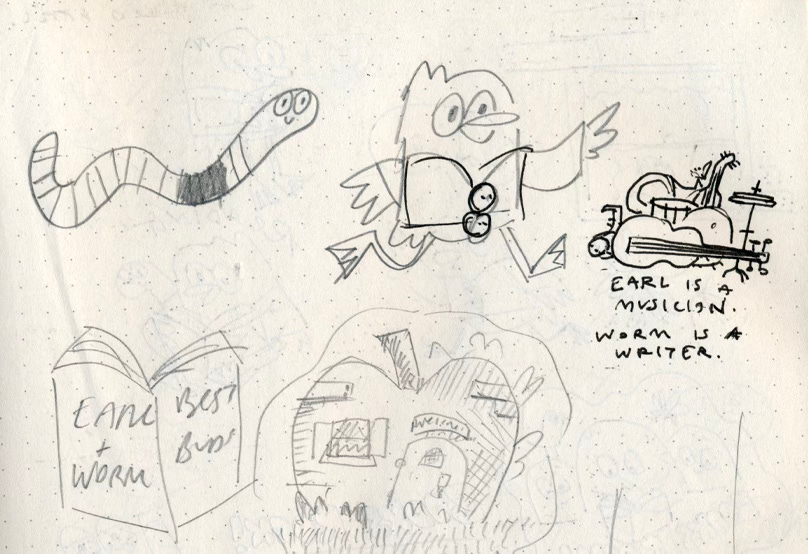
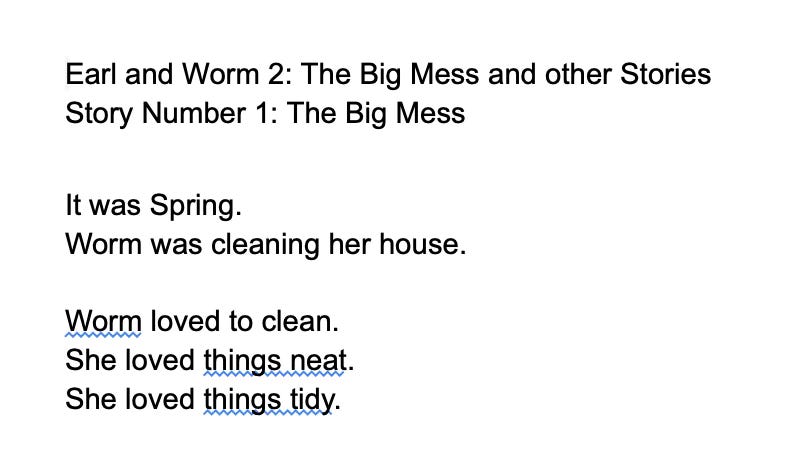


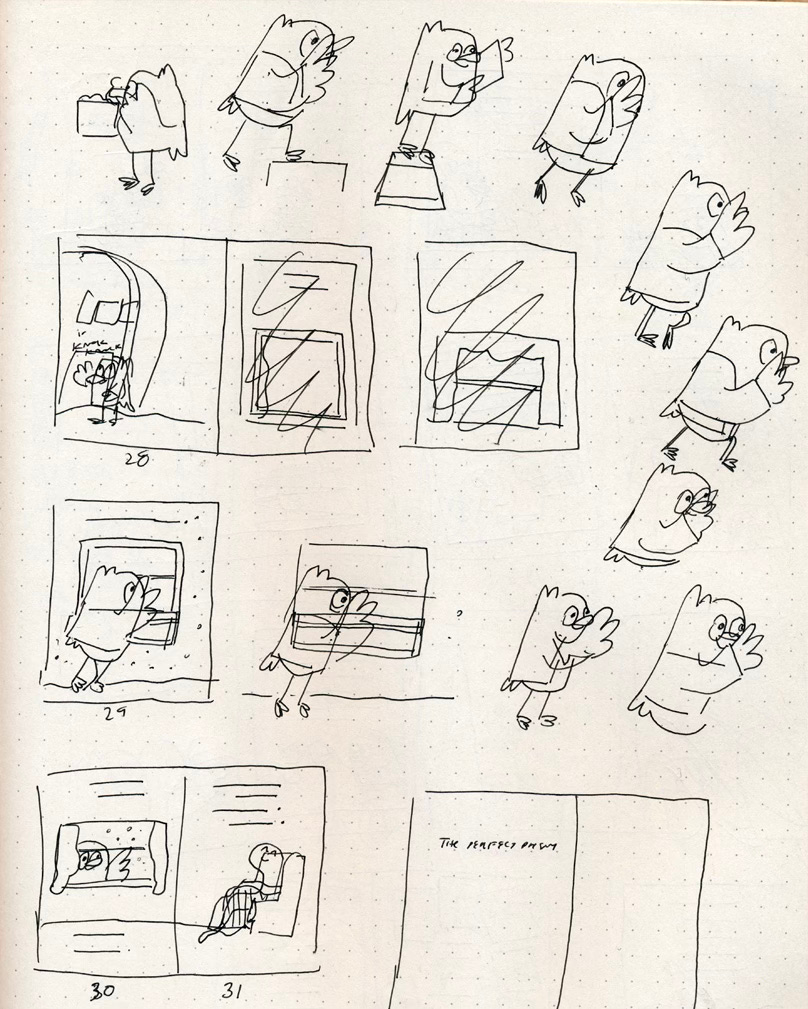



Thank you so much for this post, Greg. I'm currently trying to figure out how to layout an early reader I'm working on, and it is new territory for me, so this was VERY helpful. Early readers are so stinking cool and innovative -- especially the specific sort of rhythm the form requires -- and I love what you've done with Earl and Worm. The Hi JACK! series is also one of my faves. Love a good trickster. Can't wait to learn more from your books and process!
This is so so cool! I'm currently working on my first illustrated middle grade so seeing this process is super super helpful.